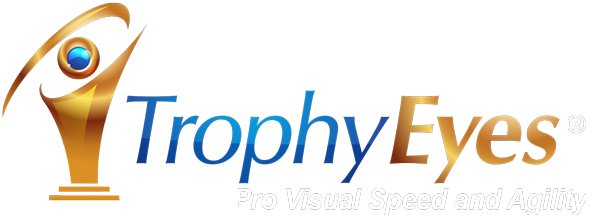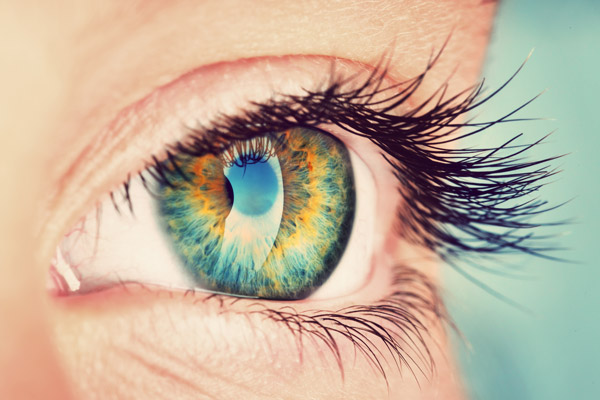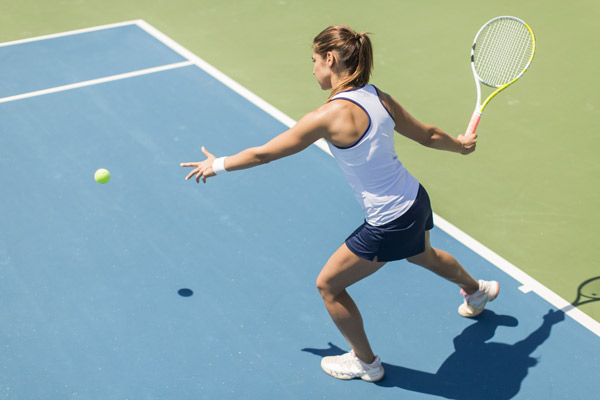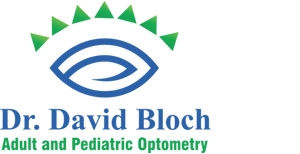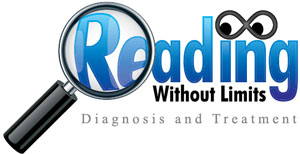Another feature of superior vision is how far and wide you can see. Most of us pay attention to what is right in front of us. However, our side vision is often neglected. In general, span of vision is a learned behavior, task related, and habit driven. For example, when a person reads, their attention is confined to the small space of a book or computer screen. The span of vision is small and peripheral vision has little importance for that activity. In this situation, peripheral vision is ignored (suppressed).
The contrary is true when walking or running. In this situation, you are more concerned with navigating your surroundings and are more attentive to your peripheral vision. Here, your field of vision widens and the smaller more central details are ignored. Over time and with practice, the amount of visual space required for these and other activities becomes familiar and set (habit).
A perfect example of the conflict between central and peripheral vision is texting and driving. In this situation, it is very difficult to transfer attention between a central (small space task) and a peripheral (large space task). Although not wise, texting and driving could become easier by practicing tasks that transfer between central and peripheral vision. Since the majority of our daily tasks are either designated as central or peripheral, converting quickly and easily between the two becomes a challenge for most of us.
Professional athletes are experts in alternating between central and peripheral vision. They have learned to focus on the ball, and at the same time be aware of the players and activity on the field/court. In addition, they have learned to widen the scope of their central vision enough to coordinate their body movements and masterfully interact with a ball approaching/leaving them (as with catching, throwing, or hitting). Having the ability to be a great athlete doesn’t happen by accident and doesn’t happen without superior vision. Knowing where everything is located in space and time requires lots of practice and refined visual-spatial-timing skills.
A Trophy Eyes doctor can help you improve your visual-spatial-timing awareness. They can measure your current abilities and show you how to reach your goals quicker in sports, school, work, and life.
